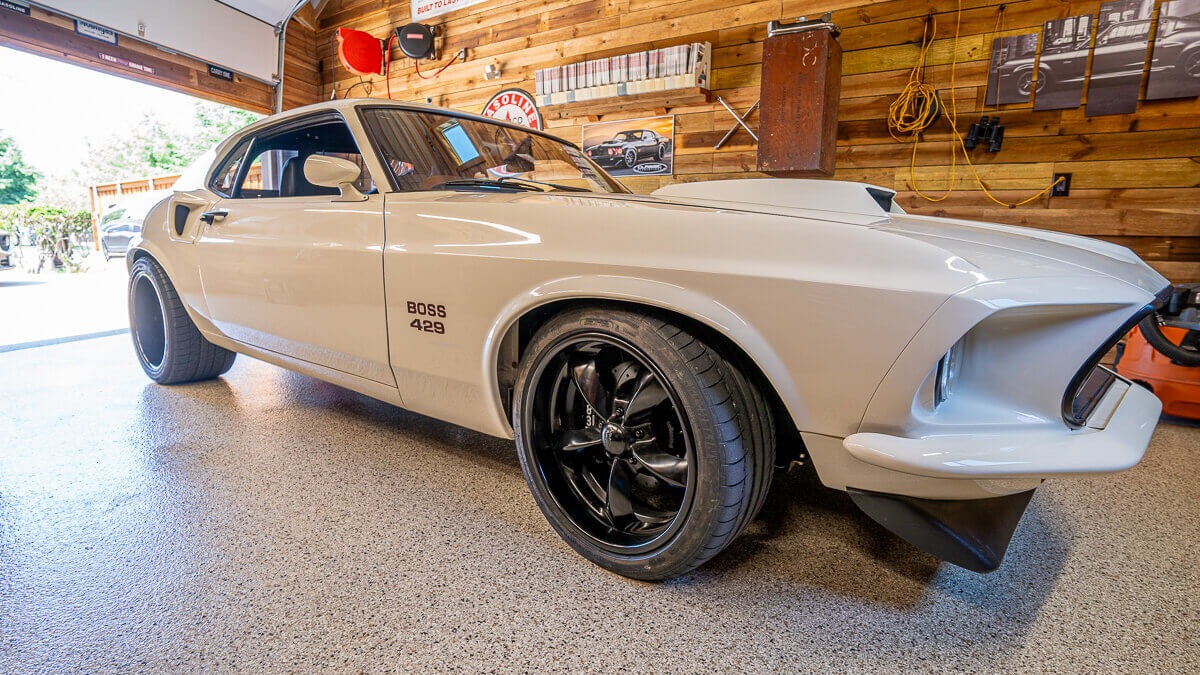Garage floors are often subjected to heavy use, various chemicals, and harsh environmental conditions. To protect and enhance the durability of garage floors, many homeowners and businesses turn to polyaspartic coatings. In this comprehensive overview, we will delve into the characteristics, benefits, application process, and considerations associated with garage floor polyaspartic coatings.
Understanding Polyaspartic Coatings:
Polyaspartic coatings belong to the family of polyurea coatings, which are known for their exceptional durability and chemical resistance. These coatings are based on aliphatic polyurea technology and have gained popularity as a versatile solution for protecting various surfaces, including garage floors.
Characteristics of Garage Floor Polyaspartic Coatings:
- Durability: One of the key advantages of polyaspartic coatings is their exceptional durability. They can withstand heavy traffic, impact, and abrasion, making them an ideal choice for garage floors that endure constant use.
- Chemical Resistance: Polyaspartic coatings exhibit excellent resistance to chemicals, oils, and automotive fluids commonly found in garages. This property ensures that the floor remains resistant to stains and damage caused by these substances.
- UV Stability: Unlike epoxy coatings that may yellow or degrade when exposed to UV radiation, polyaspartic coatings maintain their clarity and color stability. This UV resistance is particularly important for garage floor polyaspartic that are often exposed to natural light.
- Quick Curing Time: Polyaspartic coatings have a fast curing time compared to traditional epoxy coatings. This allows for a quicker application process and a faster return to service, minimizing downtime for homeowners or businesses.
Benefits of Garage Floor Polyaspartic Coatings:
- Long-lasting Protection: The durability and resistance properties of polyaspartic coatings translate into long-lasting protection for garage floors. This reduces the need for frequent maintenance and reapplications.
- Enhanced Aesthetics: Polyaspartic coatings come in a variety of colors and finishes, allowing homeowners to customize the appearance of their garage floors. Whether opting for a glossy finish or a more muted appearance, polyaspartic coatings provide aesthetic flexibility.
- Easy to Clean: The smooth and non-porous surface created by polyaspartic coatings makes them easy to clean. Spills and stains can be wiped away effortlessly, maintaining the cleanliness and appearance of the garage floor.
- Temperature Tolerance: Polyaspartic coatings can withstand a wide range of temperatures, making them suitable for use in various climates. They do not become brittle in cold temperatures or soften in high heat, ensuring consistent performance.
Application Process:
The application of garage floor polyaspartic coatings involves several key steps:
- Surface Preparation: Proper surface preparation is crucial for the success of the coating. This may involve cleaning, repairing cracks or imperfections, and ensuring the surface is completely dry.
- Primer Application: Some polyaspartic coatings may require the application of a primer to enhance adhesion. The choice of primer depends on the specific product being used.
- Coating Application: Polyaspartic coatings are typically applied in multiple layers. The application process may involve using rollers, brushes, or squeegees, depending on the product and the desired finish.
- Curing: Polyaspartic coatings cure quickly, often within a matter of hours. This rapid curing time allows for a faster return to service, making it a convenient option for garage floors.
Considerations:
While garage floor polyaspartic coatings offer numerous advantages, there are some considerations to keep in mind:
- Cost: Polyaspartic coatings can be more expensive upfront compared to traditional epoxy coatings. However, the long-term durability and reduced maintenance costs may offset the initial investment.
- Professional Installation: Achieving optimal results with polyaspartic coatings often requires professional installation. DIY enthusiasts should carefully follow manufacturer guidelines and recommendations.
- Surface Condition: The success of the coating depends on the condition of the garage floor. Any existing damage, such as cracks or unevenness, should be addressed before applying the coating.
- Ventilation: Proper ventilation is essential during the application process, as polyaspartic coatings can emit strong odors. Adequate ventilation ensures a safe environment for both installers and occupants.
Conclusion:
Garage floor polyaspartic coatings have emerged as a superior choice for homeowners and businesses seeking durable, chemical-resistant, and aesthetically pleasing flooring solutions. With their rapid curing time, UV stability, and overall performance, polyaspartic coatings offer a compelling option for those looking to enhance the functionality and appearance of their garage floors. While the initial cost may be higher than other alternatives, the long-term benefits and reduced maintenance make polyaspartic coatings a worthwhile investment for the longevity of garage floors. Visit the official website mygaragefloors.com

